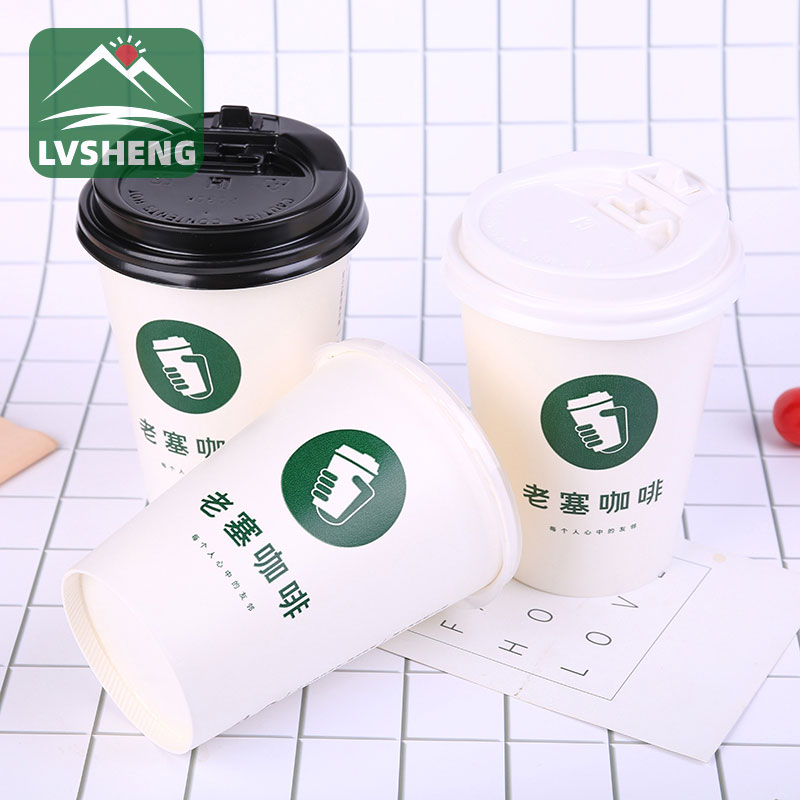Behind the Scenes: A Deep Dive into the Manufacturing Process of Paper Cups
2024-02-27
Introduction:
Paper cups are ubiquitous in today's society, providing a convenient and hygienic way to enjoy beverages on the go. However, the process of manufacturing paper cups involves a series of intricate steps and cutting-edge technology. In this blog, we'll take a behind-the-scenes look at how paper cups are manufactured, from the raw materials to the finished product rolling off the production line.
1. Raw Material Selection:
The manufacturing process of paper cups begins with the careful selection of raw materials. The primary material used is paperboard, a thick and sturdy type of paper specifically designed for food and beverage packaging. Paperboard is sourced from sustainably managed forests or recycled paper products, ensuring both quality and environmental responsibility.
2. Paperboard Coating:
Once the paperboard is sourced, it undergoes a coating process to make it waterproof and suitable for holding liquids. This coating is typically made from polyethylene, a type of plastic resin known for its water-resistant properties. Alternatively, manufacturers may use biodegradable coatings made from materials like polylactic acid (PLA), derived from renewable resources such as corn starch or sugarcane.
3. Cup Forming:
The coated paperboard is then fed into a cup forming machine, where it undergoes a series of heating and shaping processes to create the desired cup shape. The machine uses molds and rollers to shape the paperboard into cylindrical cups, with precise measurements to ensure uniformity and consistency.
4. Sealing and Cutting:
Once the cups are formed, they undergo a sealing and cutting process to create the final product. This involves sealing the seams of the cups to ensure they are leak-proof and cutting them to the appropriate height. Some paper cup manufacturing machines also have the capability to emboss or print designs onto the cups during this stage.
5. Quality Control:
Throughout the manufacturing process, strict quality control measures are in place to ensure that the paper cups meet industry standards for safety, durability, and performance. Quality control inspectors monitor each step of the process, conducting visual inspections and performing tests to detect any defects or inconsistencies.
6. Packaging and Distribution:
Once the paper cups have passed quality control checks, they are ready for packaging and distribution. Depending on the manufacturer's specifications, the cups may be packaged in stacks or sleeves for easy storage and transportation. From there, they are shipped to retailers, restaurants, cafes, and other establishments where they will be used by consumers.
Conclusion:
The manufacturing process of paper cups is a fascinating blend of innovation, precision, and sustainability. From the careful selection of raw materials to the final packaging and distribution of the finished product, each step plays a crucial role in ensuring that paper cups meet the highest standards of quality and performance. As consumers continue to demand convenient and eco-friendly packaging solutions, the manufacturing process of paper cups will continue to evolve, driven by advancements in technology and a commitment to sustainability.



